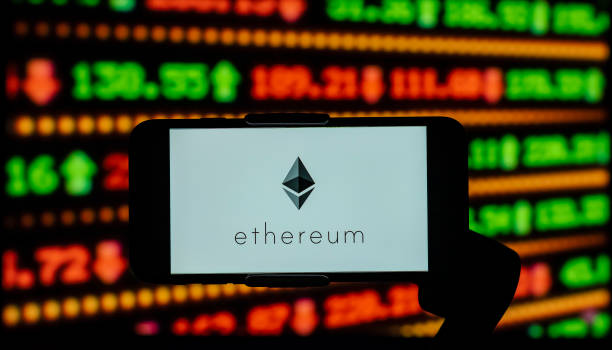The dynamic world of cryptocurrency investment is often marked by bold strategies and rapid market responses. A recent move by Sharplink Gaming to establish an Ethereum treasury has garnered significant attention, initiating discussions about its impact on the company’s financial health and investor sentiment. Navigating the fluctuations of the cryptocurrency market requires a deep understanding of strategic asset management, and Sharplink’s decision has sparked debates among industry experts and investors alike. This exploration delves into the implications of Sharplink’s Ethereum reserve move, shed light on investor reactions, and examines future prospects for the company.
Sharplink Gaming Faces Challenges with Ethereum Treasury Strategy
The announcement by Sharplink Gaming to incorporate an Ethereum treasury, marking them as the first public entity to do so, has not come without its hurdles. Following this strategic decision, the company’s stock experienced a notable decline, capturing the attention of investors and analysts. The 72% post-market drop in Sharplink’s shares has been spotlighted by Steven Lubka, the Vice President of Investor Relations at Nakamoto, who posited that a Bitcoin reserve may have been a more prudent choice than Ethereum.
Sharplink embarked on this venture by launching an ambitious $425 million Ethereum reserve plan, successfully concluding a private placement offering to fund the initiative. This strategic shift also brought notable leadership changes, with Joseph Lubin, the founder and CEO of Consensys, stepping in as Chairman. Nonetheless, the rumor mill has been active, suggesting that early investors from the private placement are eager to liquidate their investments swiftly, contributing to the downward pressure on stock prices.
Investor Sentiment and Stock Movement
Reports have surfaced, indicating that nearly all investors in Sharplink’s private placement are prepared to offload their shares, a revelation that has fueled market apprehension. The disclosure of these intentions seemingly spurred a wave of panic, exacerbating the stock’s decline. Despite these turbulent market movements, Sharplink remains committed to expanding its Ethereum reserves, evidenced by its recent $1 billion shelf offering filed with the U.S. Securities and Exchange Commission aimed at increasing its Ethereum holdings through additional share sales.
Clarifications from Joseph Lubin
Amidst swirling speculations, Joseph Lubin took to X (formerly Twitter) to address concerns over the supposed sale of SBET stocks linked to the Ethereum Treasury endeavor. He clarified that the S-3 filing was standard practice, implementing a process to register shares for potential resale, and not indicative of immediate or concrete sales. Lubin passionately defended the strategy, asserting ongoing support for the Ethereum-based approach and emphasizing that no shares have been sold by their camp.
Despite the recent volatility, data from MarketWatch reveals a remarkable over 300% year-to-date increase in SBET stock, underscoring that despite short-term setbacks, the company’s long-term strategy could still resonate well with savvy investors. Furthermore, the adoption of Ethereum as a reserve asset has seen the stock surge beyond 1,000% since the inception of this strategic move, showcasing the potential rewards amid the risks.
How does Sharplink Gaming’s Ethereum strategy affect its market positioning?
Sharplink Gaming’s adoption of an Ethereum reserve positions it as a pioneer in integrating cryptocurrency into corporate asset management. While initially causing a stock decline, this strategy could differentiate Sharplink as a forward-thinking player in the market, potentially attracting tech-savvy investors interested in blockchain innovations.
What are the potential risks associated with an Ethereum treasury?
Holding a significant reserve in Ethereum exposes Sharplink to the inherent volatility of the cryptocurrency market, which can lead to substantial fluctuations in asset value. Additionally, market sentiment and regulatory changes could impact the company’s financial stability and investor confidence.
What factors should investors consider when evaluating Sharplink Gaming’s strategy?
Investors should assess the broader cryptocurrency market’s trends, Sharplink’s ability to manage and hedge against potential risks, and the competitive landscape of companies adopting similar digital asset strategies. Understanding regulatory implications and monitoring Sharplink’s financial health will also be crucial in evaluating the long-term viability of their approach.
Is an Ethereum reserve a viable long-term strategy compared to traditional assets?
An Ethereum reserve could offer diversification benefits and potential high returns, especially in a bullish crypto market. However, its success hinges on effective risk management and understanding the fast-evolving cryptocurrency landscape. Companies need to weigh these factors against the stability and predictability of traditional asset reserves.

